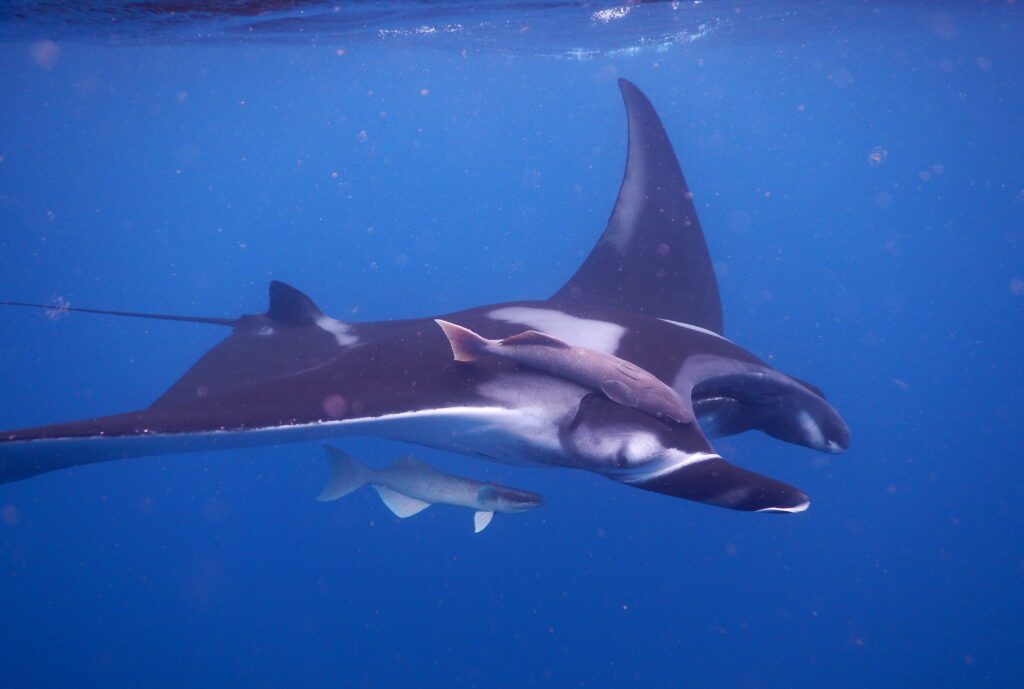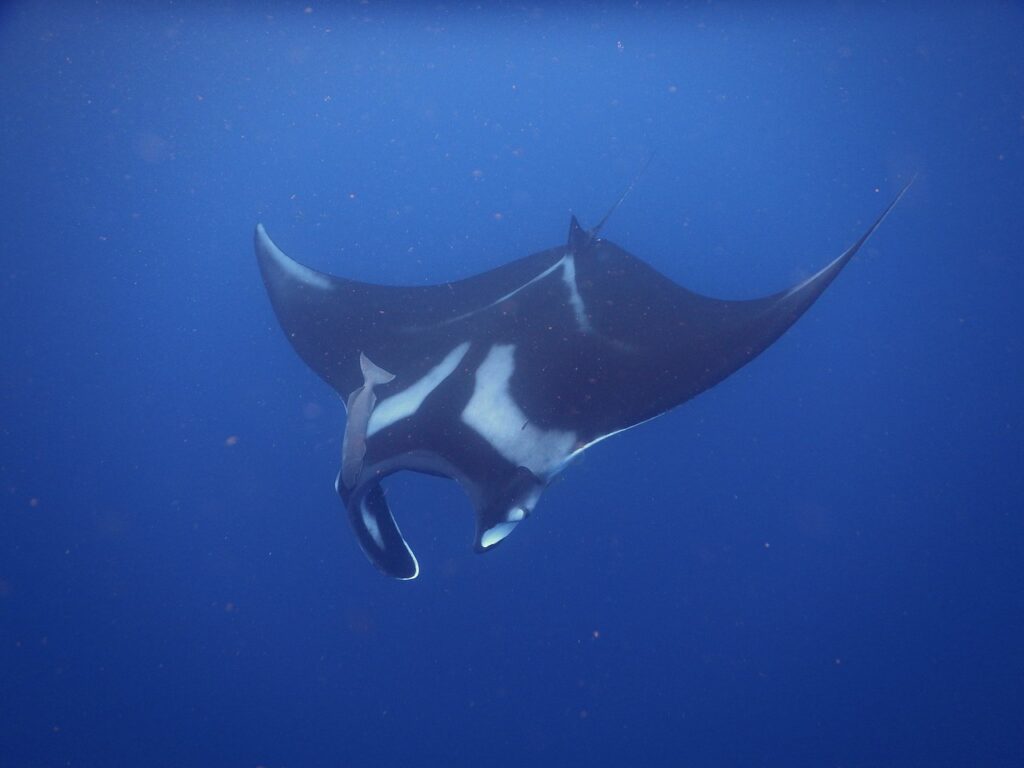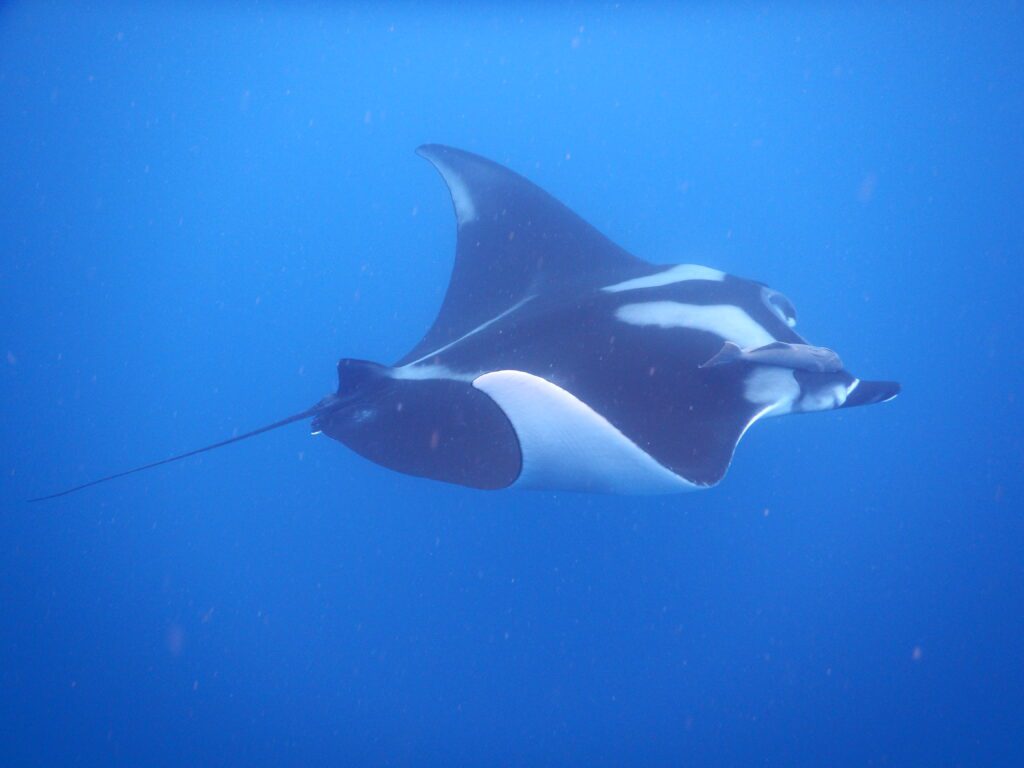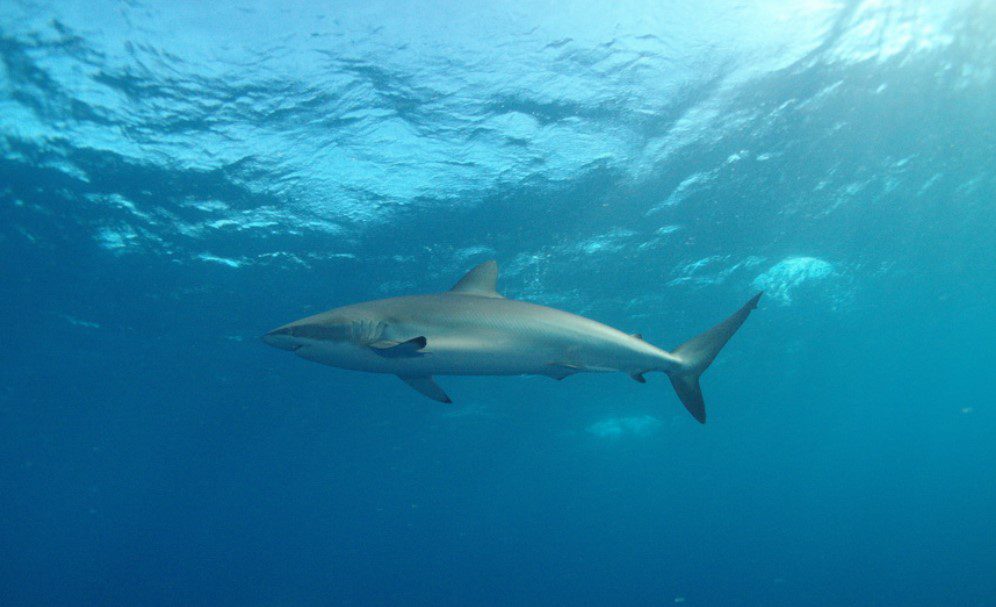Highly intelligent and social creatures, giant manta rays in some regions spend their days in large groups and at cleaning stations in shallow waters and then move into deeper waters at night to feed. They are often found concurrently with whale shark aggregations, as both species feed on the highly concentrated zooplankton produced by fish and invertebrate spawning events. Mantas use a highly specialized filter-feeding apparatus that filters plankton from seawater as they swim. This apparatus allows larger particles to ricochet away from the gills into the stomach and resists clogging of unwanted items. In the western Central Atlantic Ocean, we found that their preferred habitats are mostly coastal in areas of high primary productivity, such as river outflows. Giant manta rays are among the least productive species of rays in terms of their reproductive output, and it is estimated that a single female may only produce 4-7 offspring in its lifetime. The valuable trade of their gill plates has led to increased demand for giant manta rays, and some fisheries have begun targeting them, where they were once only captured incidentally. Because of their low reproductive rate, the species would take a long time to recover from overexploitation.
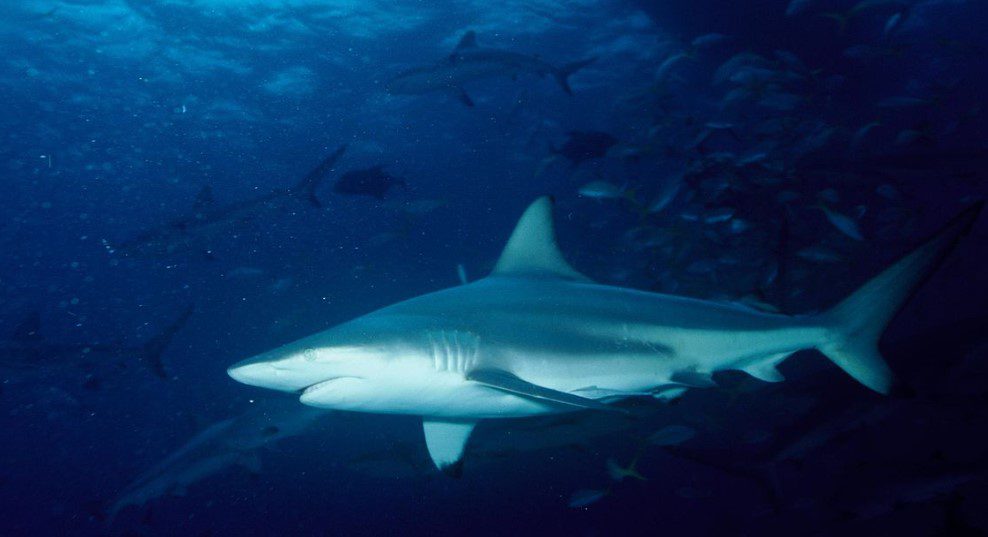
Blacktip shark
The blacktip shark is a sturdy, gray, medium-sized shark characterized by the black markings on the tips of its fins and a distinct white ‘z’

